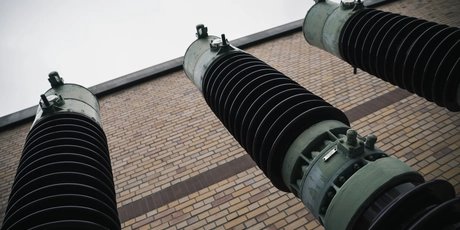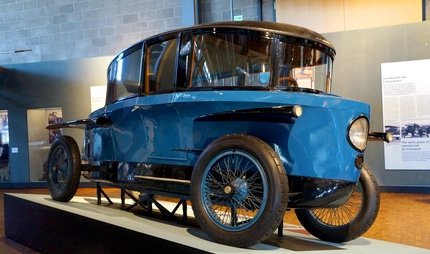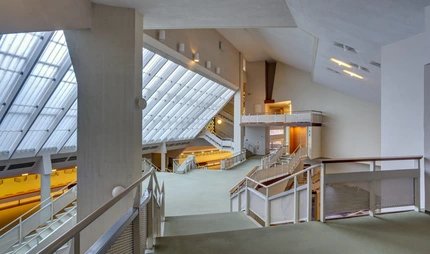
Berlin Energy Museum
Learn the history of elector energy
Annual energy consumption in Germany is now over 7140kWh per capita. But what is the real power behind all this? What is necessary to get electricity from the power station to the end user without interference? How did things look 100 years ago, and to what extent is the Berlin "electropolis" pioneering the development of technology? The permanent exhibition of the Berlin Energy Museum is an exciting introduction into these questions. Located in a former battery storage facility in Steglitz, the museum has over 5,000 exhibits from all aspects of power generation. Interacting is allowed and actively encouraged.
A museum to touch
Founded in 2001 by previous employees of the former Bewag AG (Berliner Städtische Elektrizitätswerke), from 1911 to 1994 the site of the museum is a power station operated by Bewag. In the open air, you now meet the first exhibition about network technology: three man-sized transformers stand next to an advertising column. You can see the individual components of station technology and understand their functions. You then enter the halls of the former battery storage system. One topic is power plant engineering. The task of a power plant is to convert primary energy like coal into electrical energy. You can understand this process by means of turbines, pumps and valves. On the model of a combined cycle power plant, you can control the start-up process. In order to protect the power supply from faults such as short circuits, overloads and lightning strikes, additional protection is important. Try out a 10 kV model for the end user's power supply. You can also simulate an error and take necessary steps to protect the network. The exhibits include clocks, meter technology and devices for current and voltage measurement. In communication technology, experiment with a hand-held system, use a telecommuter and see how a Strowger switch works. Work safety is also a topic, including a large archive of former work regulations, fire extinguishers and medical service equipment. Especially interesting is the exhibition on public lighting, covering the period from the introduction of street lighting back in 1884 to the present day. At the other end of the power grid, 120 years of development history can be viewed, including common household appliances such as heaters, an old sewing machine and a collection of radio equipment.
Special features at the Berlin Energy Museum
- 750kW model of a gas turbine to generate electricity and district heating.
- Model of a self-service network station.
- Calculation tools from abacus to pocket calculator.
- Functioning tube mailing system.
- 20,000-watt lamp from Hardenbergplatz with a half-metre diameter.
More interesting sights
After seeing the past, look to the future: The Futurium, located on the River Spree, presents science, research and development. From 2017, changing exhibitions will showcase futuristic ideas and innovations. The Industriesalon Schöneweide presents details of industrial culture in its permanent exhibition covering 600 square metres. You can also see many photographs and machines for producing electron tubes.The focus is on television electronics from 1945 onwards.
Good to know when visiting the Berlin Energy Museum
Take the subway line U9 to Rathaus Steglitz. From there, take the bus 186 or 283 to the Teltowkanalstraße stop. Museum entrance is free and there are no fixed opening times. Please make your reservation by e-mail or phone. For school trips there is special accompanying material, which you can get in advance by e-mail. Feel free to mention your expertise or the subject area you are particularly interested in - the guided tours are then coordinated to suit your interests.
after registration, 2-3 weeks in advance



